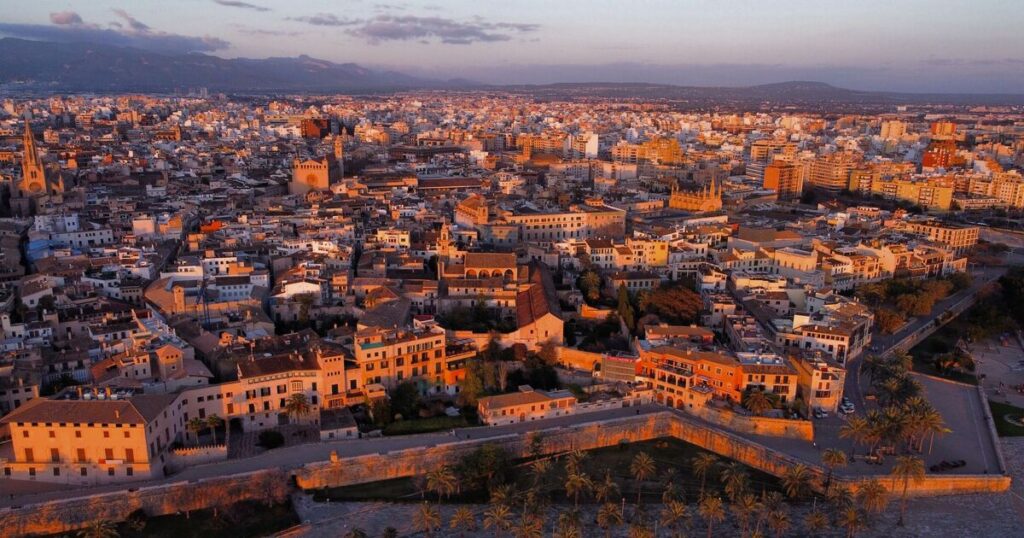
Spain’s beloved holiday destination, Mallorca, which draws over 2.3 million British visitors annually, is reportedly swarming with snakes, prompting calls for a massive trapping effort. The Balearic Islands, including the tourist favourite Mallorca, have witnessed a worrying influx of non-native snake species, particularly the horseshoe snake, which experts warn could disrupt the local ecosystem. Typically found in forests, farmlands, and human habitats across southwestern Europe, the horseshoe snake has shown remarkable adaptability to various environments.
In 2023, COFIB, a Mallorcan wildlife recovery and shelter organisation, reported capturing close to 3,000 horseshoe snakes. Despite these efforts, the invasive species continues to threaten the ecological equilibrium of the region.
Samuel Pinya, a biologist at the University of the Balearic Islands (UIB), said to Diario AS: “We need thousands and thousands of traps to reduce the population.” Pinya further explained the severity of the situation: “The horseshoe snake has swum in, and when it arrives, it eats everything.”
Nicolau Cerdà, from the Association of Organic Farmers and Producers of Mallorca (APAEMA), highlighted the unique challenge for the island: “These snakes are beneficial for farmland on the mainland, but on an island like Mallorca, with no predators at all, they become voracious and hunt all wildlife. They have no competitors and cause imbalances in nature.
“They’ve almost wiped out the lizard, and all small fauna, such as geckos, amphibians or small birds like chicks, sparrows or partridges, they wipe them out.”
What happens if a tourist is bitten by a horseshoe snake?
Local authorities are raising concerns about the impact of the horseshoe snake on Mallorca’s ecosystem, but fortunately, these reptiles pose minimal threat to humans since they aren’t venomous, meaning a bite is unlikely to be life-threatening. Nevertheless, holidaymakers who come across a horseshoe snake should keep their distance, as the creature can deliver a painful bite when feeling cornered.
It’s also wise to alert local officials, who are actively trying to manage the horseshoe snake numbers.
Identifying a horseshoe snake
With various snake species slithering around Mallorca, pinpointing a horseshoe snake for reporting purposes might seem daunting. Yet, this particular serpent is recognisable by its hefty size, capable of reaching lengths up to 170cm.
Its distinctively flat and pointed head sets it apart from its body, while the characteristic horseshoe-shaped marking on its tail, which is notably long and slender, aids in identification. The horseshoe snake typically sports olive-brown scales adorned with dark circular spots and has a belly that’s either white or yellow, making it easier to spot.
 Latest World Breaking News Online News Portal
Latest World Breaking News Online News Portal






